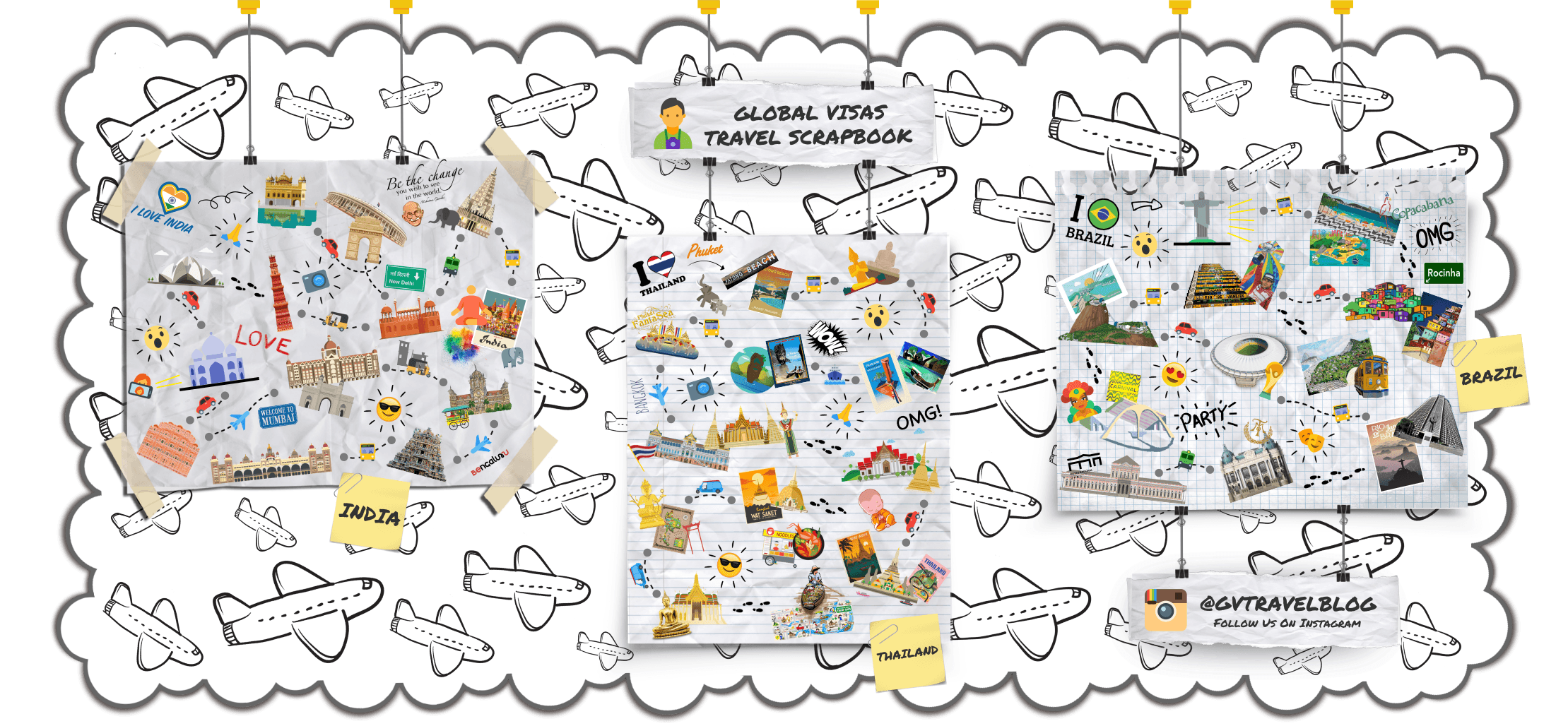EAT:
Pre-Columbian civilizations cultivated about 200 varieties of potatoes, and they remain popular today. Try the local preparations like papas saladas (salted potatoes) or papas chorriadas (stewed potatoes). Most meals feature some kind of meat with rice, potatoes, and avocados. In the coastal areas, the rice is usually flavored with coconut.
Both restaurants and family meals often feature soup, and, in the mountain areas, you may even be served a milk-based soup called changua for breakfast.
Compared to nearby countries, Colombian food is not nearly as spicy as Mexican food. Fruit juice is particularly popular. Some foods with the same name are quite different. For example, empanadas, made with potato and meat with a pouch-like yellow exterior, are delicious and entirely different from their Mexican and Argentinian counterparts.
In many areas of Colombia, it is common to have buñuelos (deep fried corn flour balls with cheese in the dough) and arepas (rather thick corn tortillas, often made with cheese and served with butter) with scrambled eggs for breakfast. Bogotá and the central region have its own breakfast delicacy of tamales: maize and chopped pork or chicken with vegetables and eggs, steamed in plantain leaves, often served with homemade hot chocolate.
For lunch, especially on Sundays, you should try a sancocho de gallina (rich chicken soup, served with part of the chicken itself, rice and vegetables or salad). Sancocho is widespread throughout the country, with countless regional variants. On the coast it features fish, and is highly recommended. Another soup, served in Bogotá and the periphery, is Ajiaco (chicken soup made with three different kinds of potato, vegetables and herbs (guasca), served with rice, avocado, corn, milk cream and capers).
Bandeja paisa is the official national dish of Colombia. The name translates roughly as “the peasant’s plate”. This filling dish includes rice, beans, fried plantain, arepa (corn bread), fried egg, chorizo sausage, chicharrón (pork crackling) with the meat still attached. It’s a very fatty dish, but you can leave what you don’t like, and if you’re lucky enough, you could find a gourmet bandeja paisa in a good restaurant in Bogotá or Medellín. They are lighter and smaller.
In Colombia there are a great variety of tamales but they are very different from their most famous Mexican cousins. They differ from region to region, but all of them are delicious. Envueltos are the sweet tamales made of corn.
There are a few chain restaurants in the country. In addition to worldwide franchises (McDonald’s, Subway, T.G.I.F., which are specially focused on Bogotá and other big cities), Colombian chains are very strong and located in almost every city. Presto and especially El Corral serve outstanding burgers, Kokoriko makes broiled chicken, and Frisby specializes in roasted chicken. Gokela is the first choice among people wanting healthy options such as wraps, salads, super foods, supplements, and subsequently one of the only options for vegetarians, vegans and organic eaters. Crêpes and Waffles, as the name indicates, is an upscale breakfast/brunch restaurant with spectacular crêpes, waffles, and ice cream. There are many international restaurants, including rodizios (Brazilian steak house style), and paella houses.
Organic food is a current trend in big cities, but in little towns you can get fruits and veggies all very natural and fresh. Colombians aren’t used to storing food for the winter, since there are no seasons in the traditional sense. So don’t ask them for dried items like dried tomatoes or fruits. All you have to do is go shopping at the little grocery stores nearby and pick up the freshest of the harvest of the month (almost everything is available and fresh all year). As for pickles and related preserved food, you can find them in supermarkets, but they are not common in family households.
Sweets:
Bread and pastry is easily available from a neighborhood bakeries. Pastry is prevalent, both salty and sweet, including pandebono, pan de yuca, pastel gloria, and roscon. These vary in quality—ask the locals for the best niche places to indulge.
Colombians are famous for having a sweet tooth, so you are going to find a lot of desserts and local candies like bocadillo made of guayaba (guava fruit), or the most famous milk-based arequipe (similar to its Argentinian cousin dulce leche or the French confiteure du lait). That just covers the basics, since every region in Colombia has its own fruits, local products, and therefore its own range of sweet products. If you are a lover of rare candies, you could get artisan-made candies in the little towns near Bogotá and Tunja.
A great variety of tropical fruits can be tasted, and the corresponding variety in juices, from some of the oddest ones you can find around the globe (really) to the sweetest ones. Some examples of those exotic fruits include: tamarinds, mangoes, guanabanas, lulo, mangostines (really great and rare even for Colombians), and a great variety in citrus. In addition, you can find some of those rich and strange flavors in prepared food like ice cream brands or restaurant juices. Fruit juice is a very common and popular drink. Most of Colombians drink juices at home and in restaurants. They are inexpensive and natural everywhere.
Regarding coffee, you can find a lot of products that are both made commercially and homemade from this very famous Colombian product, like wines, cookies, candies, milk-based desserts like arequipe, ice-cream, etc.
The tres leches cake is not to be missed. A sponge cake soaked in milk, covered in whipped cream, then served with condensed milk, it is for the serious dairy fiend only. Another delicious milk-based dessert is leche asada, a milk custard similar to the better-known flan.
DRINK:
For breakfast, take a home-made hot drink. The choices normally include coffee, hot chocolate or agua de panela. The latter is a drink prepared with panela (dried cane juice), sometimes with cinnamon and cloves, which gives it a special taste. Coffee is usually taken with a lot of milk. In Bogotá and the region around, it’s customary to use cheese along with the drink, in a way that small pieces of cheese are put into the cup and then after they are melt, you can use a spoon to pick them up and eat it like a soup. It is the same way to drink hot chocolate.
Colombia’s national alcoholic beverage, Aguardiente (a.k.a. guaro), tastes strongly of anise, and is typically bought by the bottle or half bottle or a quarter. People usually drink it in shots. Each region has its own aguardiente, “Antioqueño” (from Antioquia), “Cristal” (from Caldas), “Quindiano” (from Quindío), “Blanco del Valle” (from Valle del Cauca) and “Nectar” (from Cundinamarca). There is also a variety of rum beverages, like “Ron Santa Fe” (also from Cundinamarca), “Ron Medellín Añejo” (also from Antioquia), “Ron Viejo de Caldas” (also from Caldas) among others.
The water is drinkable right from the tap in most of the major cities, but be prepared to buy some bottles if you go to the countryside. Agua Manantial Bottled water is recommended, it comes from a natural spring near Bogotá. An advice, make sure you do not use ice cubes, or drink any beverage that might contain non distilled water, ask if the beverage is made with tap or bottled/boiled water.
If you are lucky enough, and if you are staying in a familiar “finca cafetera” (coffee farm) you can ask your Colombian friends not only for the selected coffee (quality export) but for the remaining coffee that the farmers leave to their own use. This is manually picked, washed, toasted in rustic brick stoves and manually ground. It has the most exquisite and rare flavor and aroma ever found.
In Bogotá and the rest of the country, black filter coffee is referred to as “tinto” – confusing if you were expecting red wine.
Also, you can find specialized places where you can drink coffee with many different combinations (like Juan Valdés Café or Oma), hot or frozen preparations.
Commercially, you can find a lot of products made out of coffee too like wines, ice-creams, soda-pops and other beverages.









